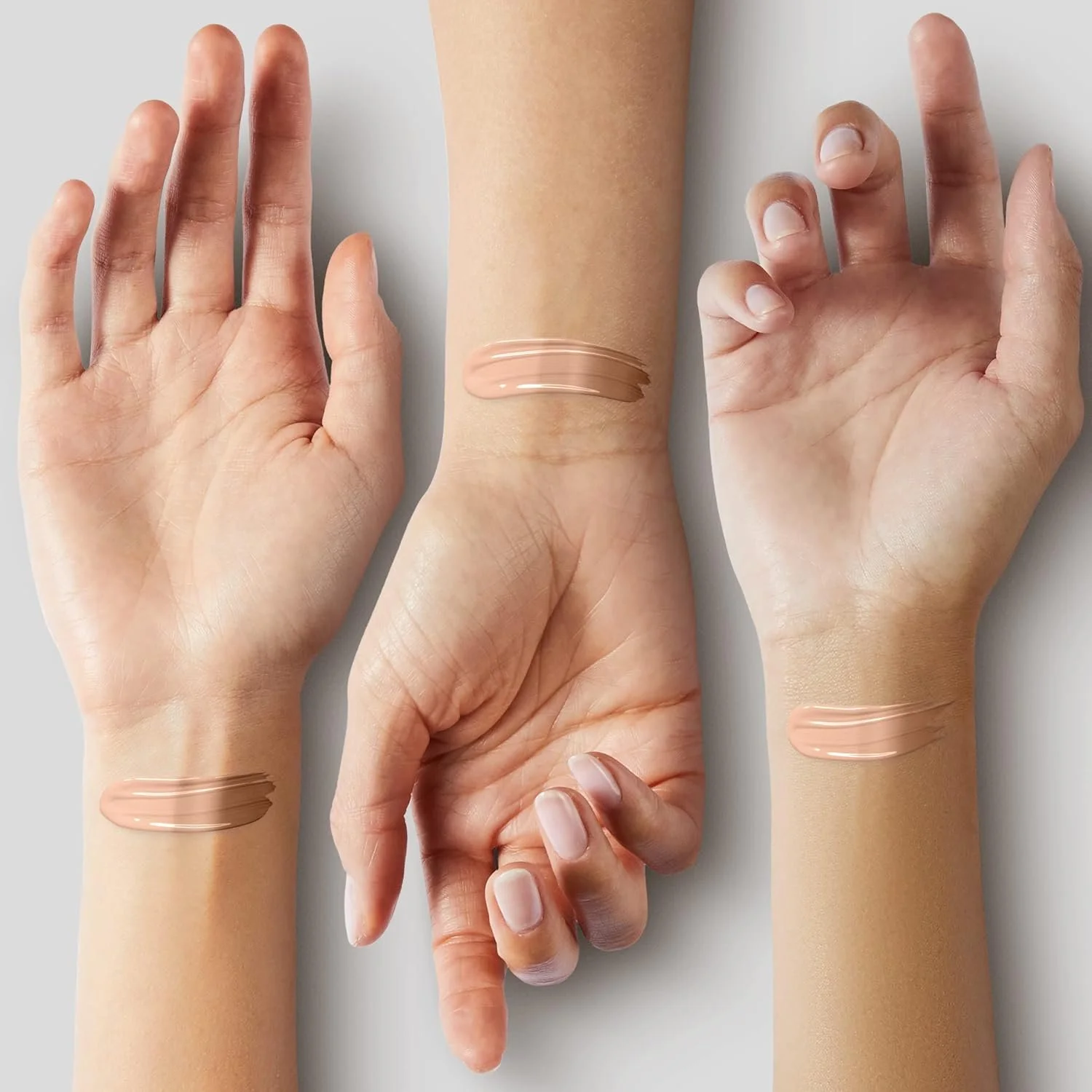Scar Camouflage: Transforming Appearances and Boosting Confidence
Scar camouflage is a revolutionary technique in the field of paramedical tattooing. It aims to reduce the visibility of scars, helping individuals regain confidence and achieve a more uniform skin appearance. This article will explore what scar camouflage is, the procedure involved, who is eligible, and what to expect during the healing process.
What is Scar Camouflage?
Scar camouflage, also known as medical tattooing or micropigmentation, involves the implantation of specially formulated pigments into scar tissue. The goal is to match the scarred area with the surrounding skin tone, making the scar less noticeable. This technique is versatile and can be applied to various types of scars, including:
Surgical Scars: Scars from medical procedures.
Traumatic Scars: Scars from accidents or injuries.
Burn Scars: Scars from thermal, chemical, or radiation burns.
Stretch Marks: Marks resulting from rapid skin stretching due to weight changes or pregnancy.
Acne Scars: Deep or pitted scars caused by severe acne.
The Benefits of Scar Camouflage
Improved Appearance: The primary benefit is the visual improvement of the scar, blending it seamlessly with the surrounding skin.
Enhanced Confidence: Reduced scar visibility can significantly boost self-esteem and confidence.
Non-Invasive: Scar camouflage is a non-surgical procedure with minimal downtime.
Long-Lasting Results: With proper care, the effects of scar camouflage can last for several years.
The Scar Camouflage Procedure
Initial Consultation
The process begins with a thorough consultation to assess the scar and discuss the client’s expectations. During this session, the practitioner evaluates the scar’s characteristics, such as size, color, texture, and location, to determine the best approach.
Color Matching
Accurate color matching is crucial in scar camouflage. The practitioner customizes pigments to closely match the client’s natural skin tone, ensuring a seamless blend.
The Tattooing Process
Preparation: The area to be treated is cleaned and prepped. A topical anesthetic may be applied to minimize discomfort.
Pigment Application: Using a specialized tattooing device, the practitioner implants the customized pigments into the scar tissue. This involves precise and meticulous work to ensure even distribution of the pigment.
Aftercare Instructions: After the procedure, the client receives specific aftercare instructions to promote healing and ensure optimal results.
Who is Eligible for Scar Camouflage?
Scar camouflage is suitable for many individuals, but not everyone is an ideal candidate. Here are some factors that determine eligibility:
Scar Maturity: Scars should be fully healed and at least one year old. This ensures that the scar tissue is stable and less likely to change over time.
Scar Color: The technique works best on scars that are lighter than the surrounding skin. Darker scars can be more challenging to blend effectively.
Skin Type: While most skin types can benefit from scar camouflage, individuals with certain skin conditions or sensitivities may need to consult with a specialist to determine suitability.
Health Conditions: Clients with certain medical conditions or those undergoing specific treatments should discuss their situation with the practitioner to ensure it’s safe to proceed.
The Healing Process
Healing from a scar camouflage procedure is a gradual process. Here’s a general timeline of what to expect:
Immediately After: Redness and slight swelling are common. The area may appear darker initially, but this will lighten as it heals.
First Few Days: Small scabs may form. It’s essential not to pick at these scabs to avoid affecting the final result.
First Two Weeks: The treated area may begin to peel, and some itching is normal. Avoid scratching to prevent irritation.
One Month and Beyond: The pigment color stabilizes over the next 4-6 weeks. A follow-up session may be scheduled to refine the results.
Aftercare Tips
Proper aftercare is crucial for the best possible outcome. Here are some general tips:
Keep the Area Clean: Gently cleanse with mild soap and water.
Moisturize: Use recommended ointments to keep the area hydrated.
Avoid Sun Exposure: Protect the treated area from direct sunlight.
Avoid Swimming and Excessive Sweating: Refrain from activities that may expose the area to excessive moisture or bacteria.
Conclusion
Scar camouflage is a non-invasive, effective solution for minimizing the appearance of scars. By blending scar tissue with the surrounding skin tone, this technique can significantly improve the skin's appearance and boost self-confidence. Understanding the procedure, healing process, and proper aftercare is essential for achieving the best results. If you’re considering scar camouflage, consult with a qualified paramedical tattoo artist to explore how this transformative technique can benefit you.


